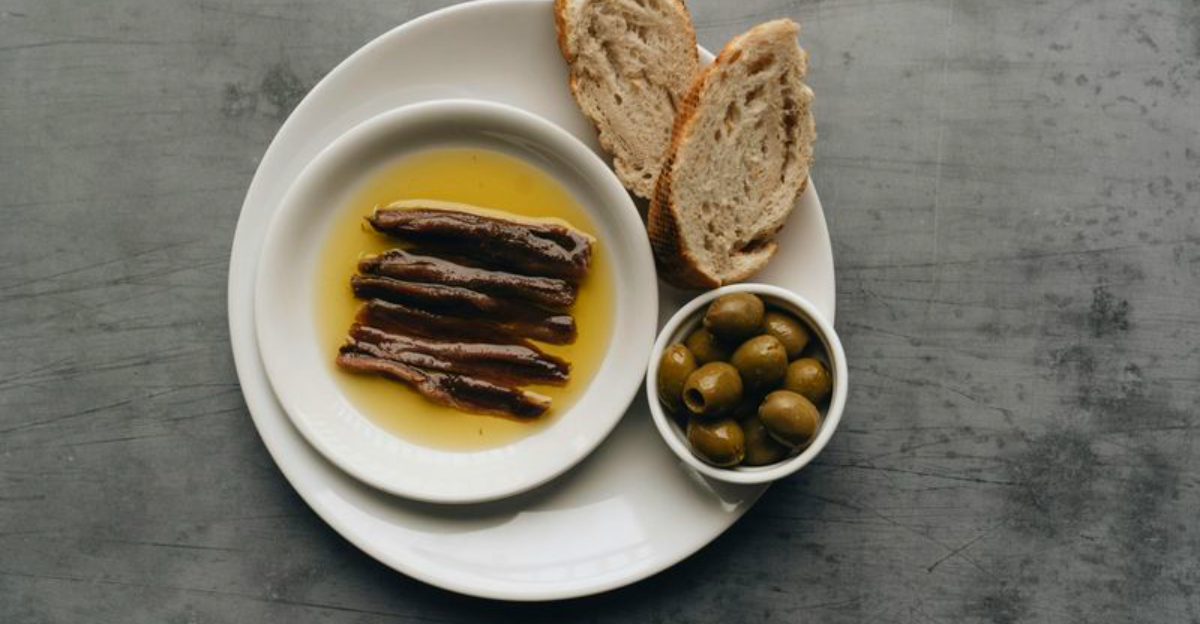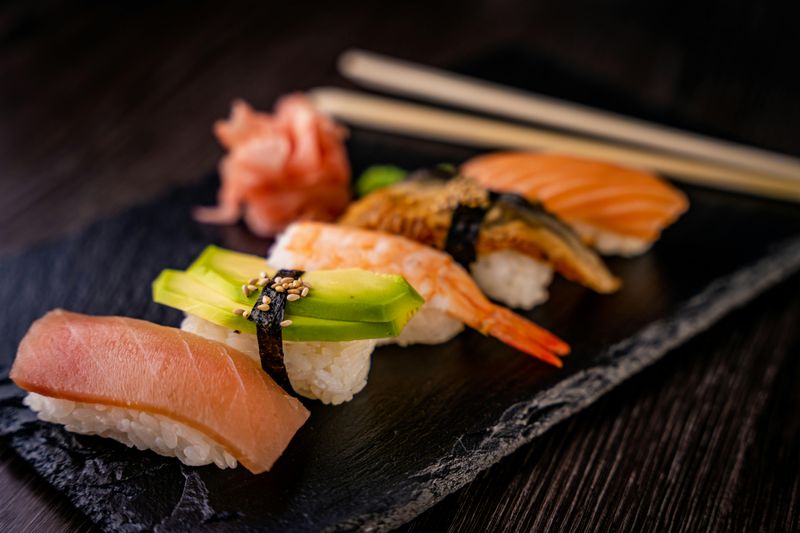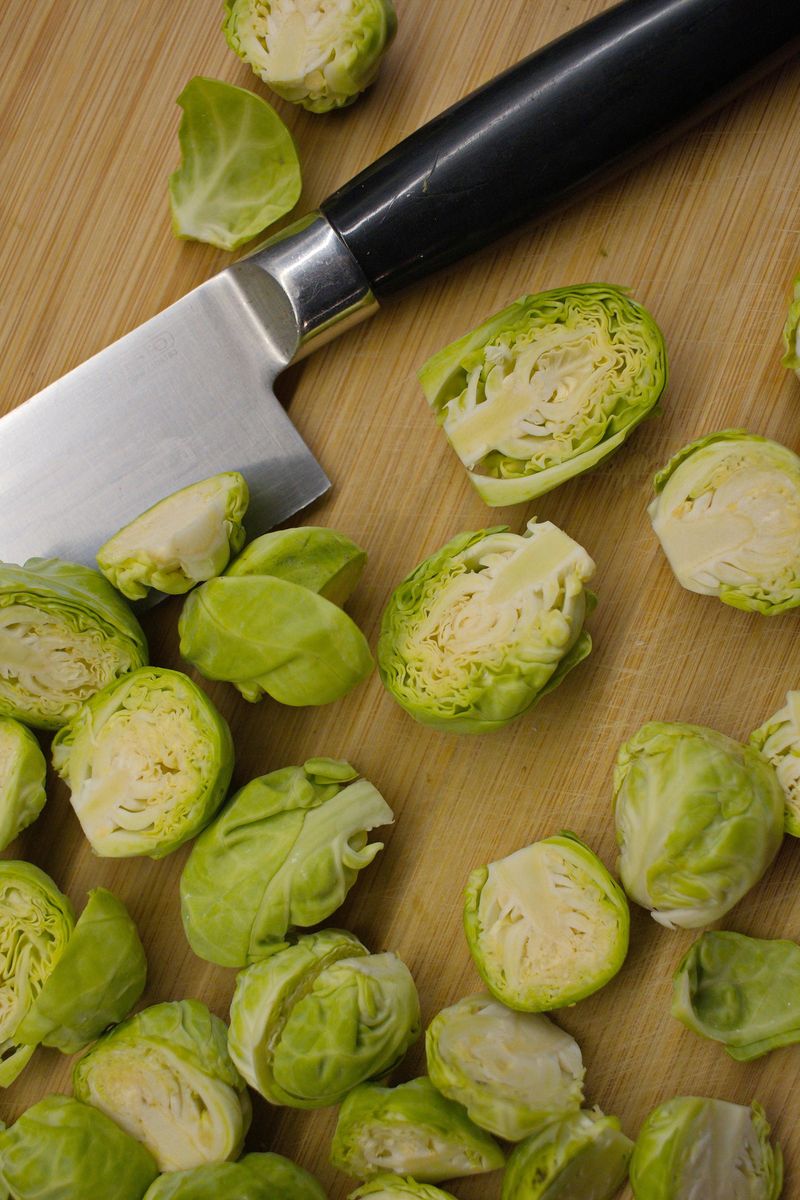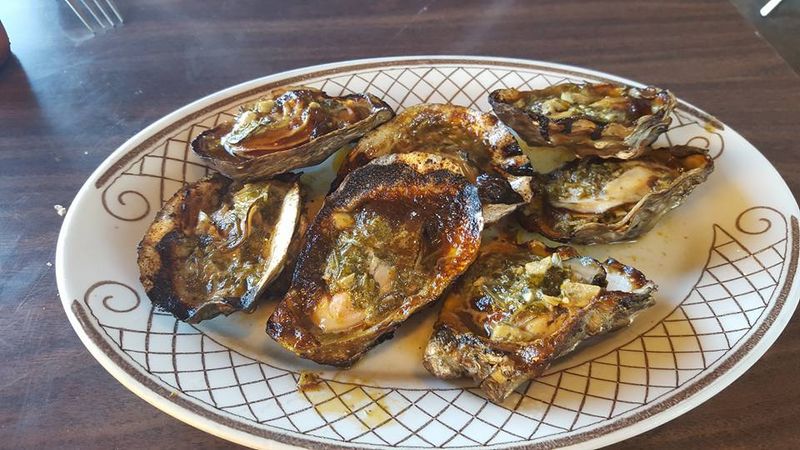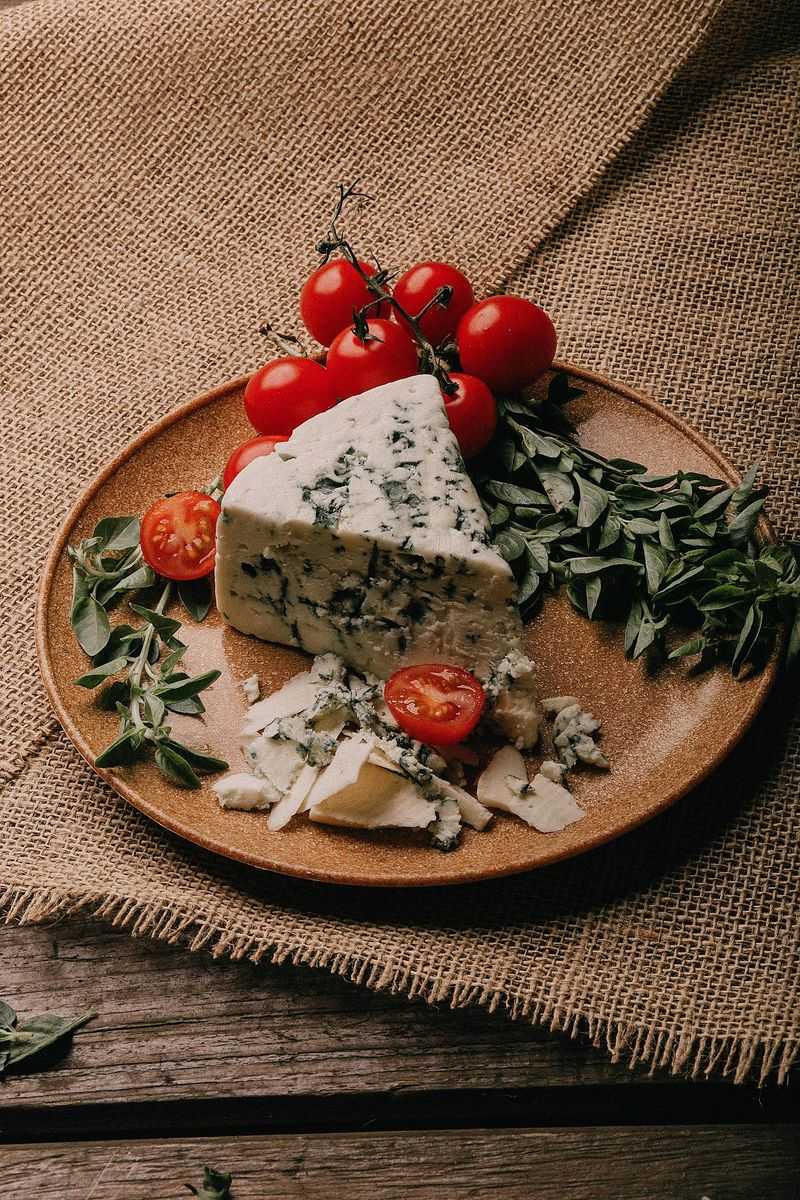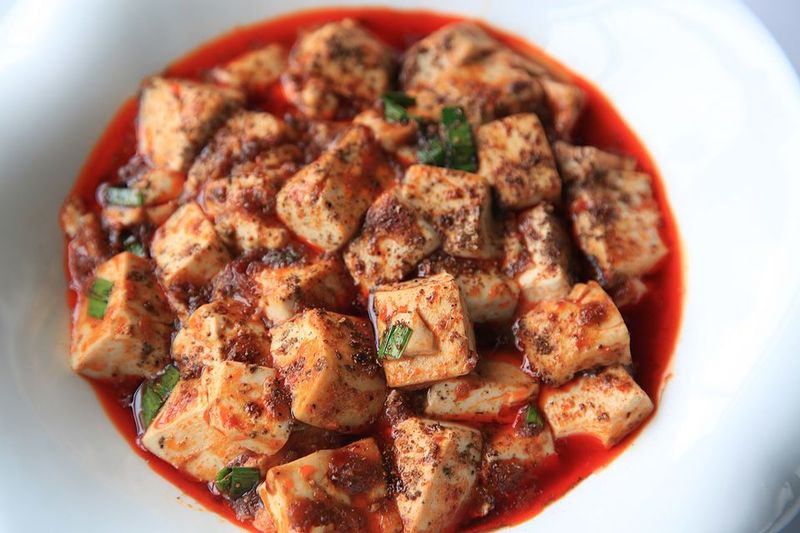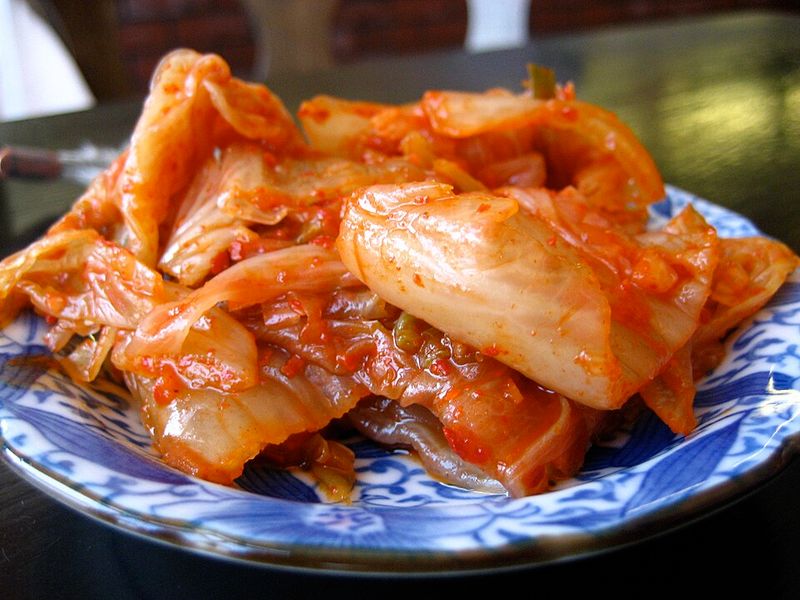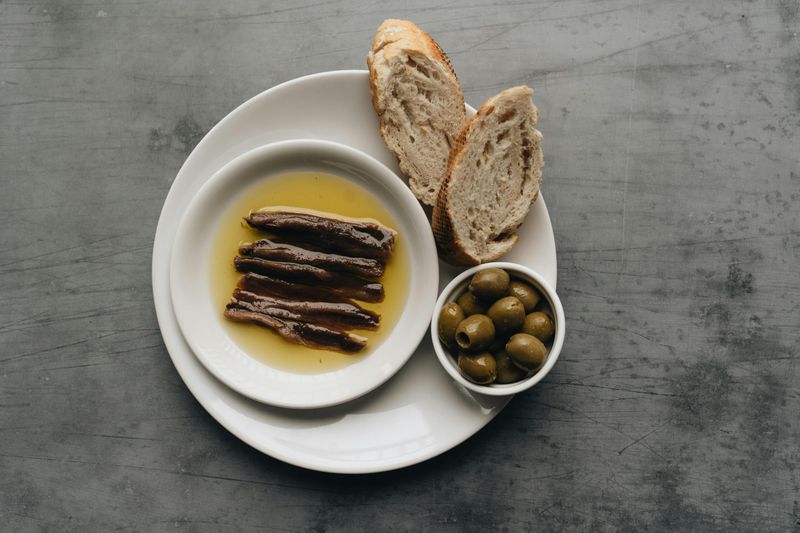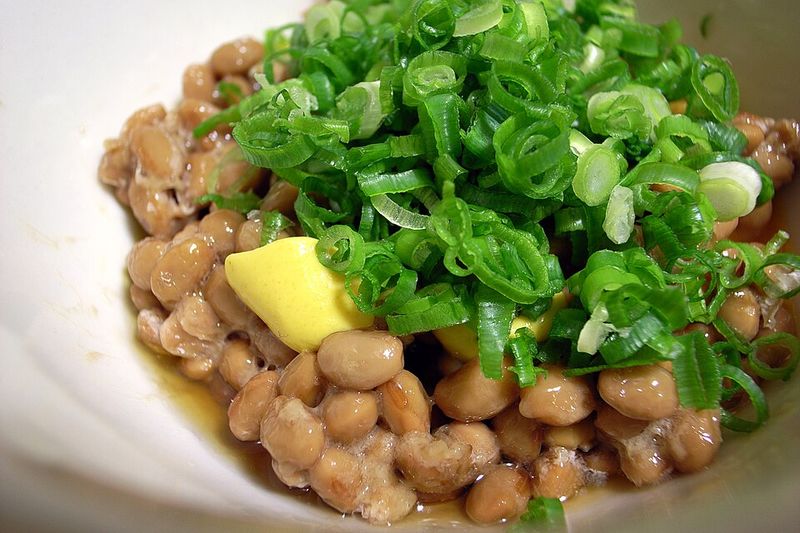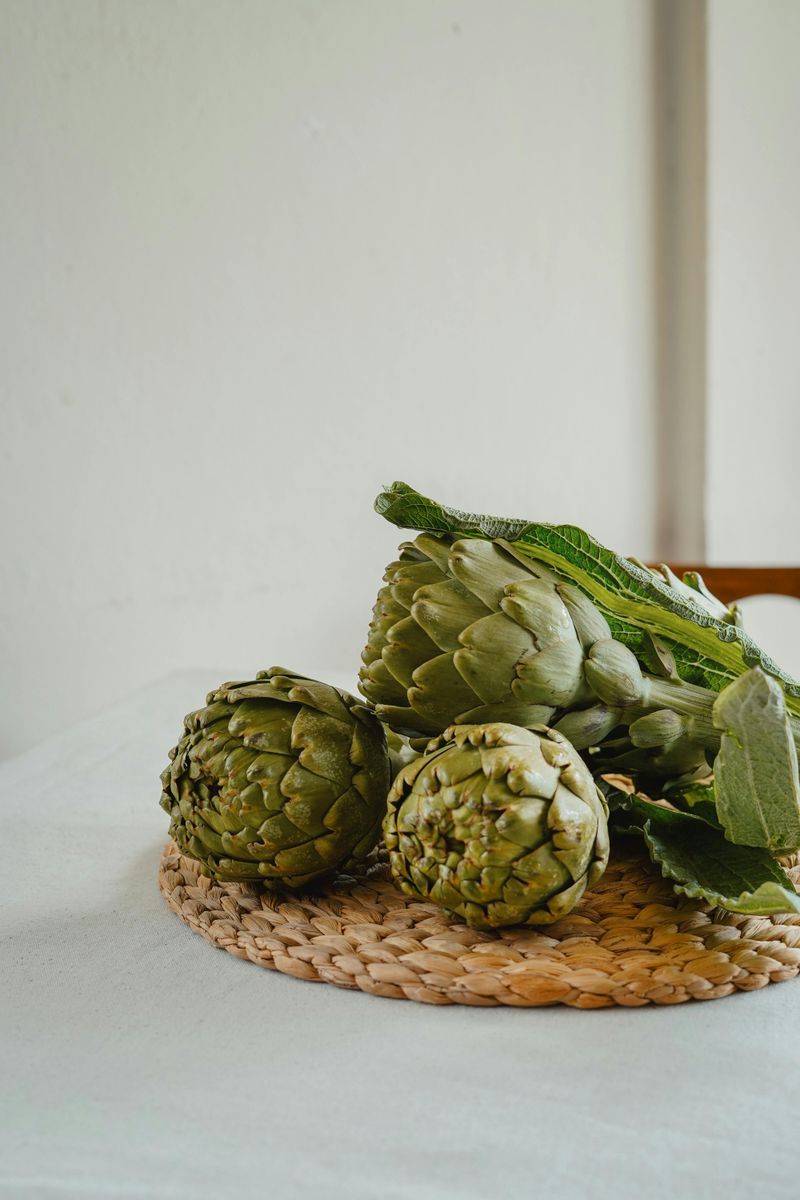Ever sworn off a dish after one disappointing bite? The truth is, many polarizing foods get ruined by bad technique, poor quality, or the wrong pairing. Learn the simple adjustments that transform meh into memorable, from sushi etiquette to coffee brewing basics. If you’ve ever thought you hated one of these, this guide might change your mind and your taste buds.
1. Sushi (Especially Nigiri & Sashimi)
Many people think they dislike sushi because their first bite came from a plastic clamshell or was drowned in soy sauce. Quality and technique matter enormously with raw fish. Choose a reputable spot with fresh, well-handled fish, and dip fish side into soy lightly to avoid salty, soggy rice. Pair sparingly with real wasabi and cleanse with pickled ginger between bites. Notice how temperature, texture, and rice seasoning balance each piece. Try milder fish like salmon or kampachi before bold options. Sushi grading and storage practices influence flavor clarity. When treated with respect, sushi reveals sweetness, clean ocean notes, and delicate umami. Done right, it tastes pristine, not fishy.
2. Brussels Sprouts
Brussels sprouts earned a bad reputation from being boiled into sulfurous mush. The right approach flips the script. Halve them, toss with oil, salt, and high heat to caramelize edges and coax out sweetness. Roast until browned and tender, then finish with lemon, balsamic, or a honey-mustard glaze. Add bacon, pancetta, or toasted nuts for texture and richness. Shaved sprouts sautéed quickly make a bright, nutty side. Modern cultivars bred after the 1990s are less bitter, so you start from a better baseline. With proper browning and seasoning, they become crisp, sweet, and deeply savory. Even skeptics reach for seconds.
3. Oysters
First-time oyster eaters often go straight for raw and get overwhelmed by brine and texture. Ease in with cooked interpretations like charbroiled, Rockefeller, or grilled with garlic butter. If you go raw, start with small, mild oysters such as Kumamoto and taste without drowning in sauces. A squeeze of lemon or a mild mignonette enhances, not masks. Learn to appreciate merroir: salinity, sweetness, and minerality vary by region. Cold, freshly shucked oysters should be plump and smell clean, like the sea. Try a guided tasting flight to compare profiles. When introduced thoughtfully, oysters become nuanced, refreshing, and uniquely satisfying instead of intimidating.
4. Blue Cheese
Blue cheese can shock when tasted plain before your palate is ready. Instead, pair it with honey, apples, pears, or nuts where sweetness and crunch balance the tang. Melt it into burgers or crumble lightly over steak salads to let fat blunt sharp edges. Start with milder styles like Gorgonzola Dolce, then graduate to Roquefort. Small amounts go a long way in cream sauces, where Penicillium roqueforti delivers deep umami. Serve at room temperature to soften texture and open aromas. With the right company, those blue veins taste complex rather than aggressive. Gradual exposure reveals a world of nuance and savory depth.
5. Tofu
Tofu is bland only when mistreated. Press firm tofu to remove excess water, then marinate with soy, garlic, and aromatics before pan-frying or baking for a golden crust. Use cornstarch for extra crisp edges. Silken tofu shines in soups, mapo tofu, smoothies, and desserts. Treat tofu as a flavor sponge and pick textures suited to the dish: firm for stir-fries, extra-firm for grilling, silken for soups. Preheat the pan properly and give pieces space to brown. Finish with sauces like gochujang glaze, peanut-lime, or black pepper. When seasoned and cooked right, tofu becomes savory, succulent, and deeply satisfying.
6. Eggplant
Eggplant disappoints when it turns spongy, oily, or bitter. Start by salting slices to draw out moisture, improving flavor and texture. Pat dry, then roast or grill until the flesh turns custardy and skin lightly charred. High heat and enough oil prevent rubberiness while promoting caramelization. Choose fresher, smaller varieties for milder taste. Consider dishes like baba ghanoush, miso-glazed eggplant, or parmigiana where sauces and spices complement its creaminess. Modern types are less bitter, but salting still helps. With proper prep, eggplant becomes silky, smoky, and luxurious rather than a soggy letdown.
7. Kimchi
Diving into strong, aged kimchi can be intense for newcomers. Begin with fresh kimchi called geotjeori, which is lightly fermented, crisp, and bright. Mix kimchi into fried rice, pancakes, or stews to mellow heat while spreading flavor. Balance with a touch of sugar or fat from pork belly, butter, or cheese. Fermentation level changes flavor from mild to powerfully sour, so shop by freshness or age. Keep it cold and use clean utensils to control fermentation. Over time your palate adjusts, and the funk becomes addictive. Soon, you’ll crave that spicy, tangy crunch with everything.
8. Anchovies
Anchovies get unfairly maligned when eaten alone from a tin. Their real magic happens when melted into hot oil for sauces and dressings. In Caesar dressing, bagna cauda, or pasta puttanesca, they dissolve completely, adding savory depth without fishiness. Rinse salt-packed fillets and mince before blooming in olive oil. A little goes far, so start small. Pair with tomatoes, garlic, capers, and chili for balance. The result is round, complex umami that makes everything taste more vibrant. Integrated properly, anchovies become a secret weapon rather than an overpowering bite.
9. Natto
Natto’s sticky threads and pungent aroma can be challenging at first. Stir vigorously to develop a creamy texture and mild the taste. Mix with Japanese mustard, soy sauce, and chopped green onions, then serve over hot rice. The warmth softens the texture and disperses aroma. Add a raw egg yolk or kimchi for richness and tang. Start with smaller portions to acclimate. Natto’s health perks are notable: vitamin K2 and beneficial bacteria support bones and gut. With the right condiments and temperature, it goes from off-putting to comforting and savory.
10. Avocado
Many people reject avocado after trying it unripe, when it is hard, bland, and slightly bitter. The key is timing and seasoning. A ripe avocado yields gently to pressure near the stem and tastes buttery. Slice and sprinkle with salt, lime, and chili for brightness, or mash into guacamole with cilantro and onion. Add to toast, sushi rolls, or salads for creamy contrast. Store alongside bananas to encourage ripening. Ripeness transforms texture from waxy to luxurious. Treated properly, avocado becomes silky, nutty, and deeply satisfying.
11. Artichokes
Artichokes confuse people who are unsure which parts to eat. Steam whole until leaves pull away easily, then dip and scrape the fleshy leaf base with your teeth. Trim the fuzzy choke to reveal the tender heart, the star of the show. Serve with lemon butter, aioli, or vinaigrette for brightness and richness. Roasting works too, concentrating flavor. Eat slowly and savor the ritual. Artichokes contain chlorogenic acid that can make water and foods taste sweeter afterward. Once you learn the method, they become fun, interactive, and delicious.
12. Lamb
Lamb can taste overly gamey when sourced from older animals or overcooked. Choose young lamb and marinate with garlic, rosemary, lemon, and olive oil to tame stronger notes. Sear and cook to medium-rare, letting the fat render and flavors bloom. Rest the meat for juiciness. Trim excess fat if sensitive to intensity. The distinctive aroma often comes from branched-chain fatty acids that increase with age, so freshness matters. Pair with mint, tangy yogurt, or chimichurri for balance. Properly handled, lamb becomes tender, aromatic, and deeply savory rather than aggressive.
